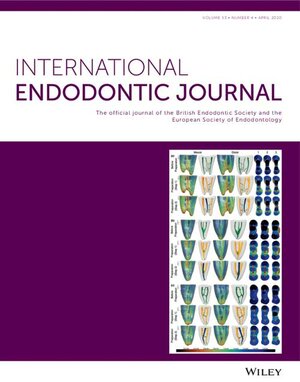MAP1B regulates the odontogenic potential of human dental pulp cells via p53/CXCL12 signalling: A laboratory investigation
Abstract
Aim
Microtubule-associated protein 1B (MAP1B), an important regulator of the cytoskeleton, has been shown to be associated with osteoblast migration; however, its role in human dental pulp cells (hDPCs) has not been reported. In this study, the effects of MAP1B on hDPCs and their molecular mechanisms were investigated.
Methodology
Histological staining was performed to investigate the expression of MAP1B in human dental pulp and mouse dentine injury models. MAP1B expression was knocked down in hDPCs to explore its effect on the biological behaviour of hDPCs. RNA-seq was used to explore the specific mechanism of MAP1B regulation in the cells. Then, exogenous C-X-C motif chemokine ligand 12 (CXCL12) supplementation was performed to determine whether MAP1B regulated hDPCs through CXCL12. Finally, co-immunoprecipitation, immunofluorescence staining, and p53 knockdown experiments were conducted to determine whether MAP1B regulates CXCL12 expression through direct interaction with p53. A t-test or a one-way ANOVA test of variance followed by post hoc Dunnett's tests were performed to compare the treatment group means. Values of p < .05 were considered indicative of statistical significance.
Results
MAP1B was primarily localized in the odontoblast cell layer under physiological conditions but was also expressed in the pulp central area during injury repair. In odontoblast-cultured hDPCs, MAP1B expression was upregulated, whereas MAP1B downregulation inhibited the differentiation, proliferation and migration of hDPCs. Subsequent experiments confirmed that MAP1B regulates the differentiation and migration, but not the proliferation ability, of hDPCs through CXCL12. Further experiments showed that MAP1B influences CXCL12 expression by interacting with p53.
Conclusions
MAP1B exhibited a positive regulatory role in the odontogenic potential of hDPCs through the p53/CXCL12 axis.

 求助内容:
求助内容: 应助结果提醒方式:
应助结果提醒方式:


